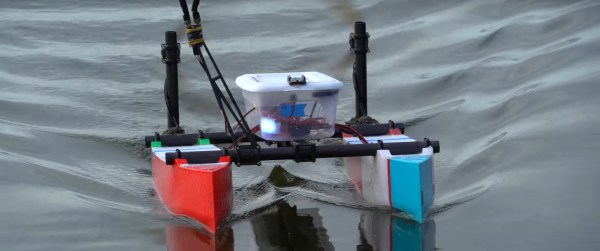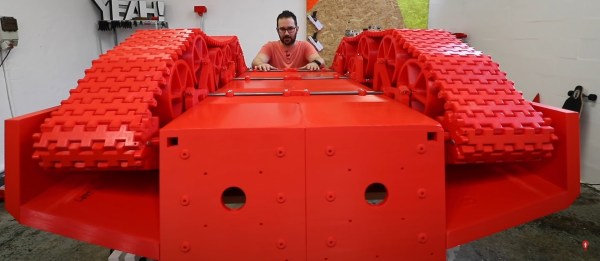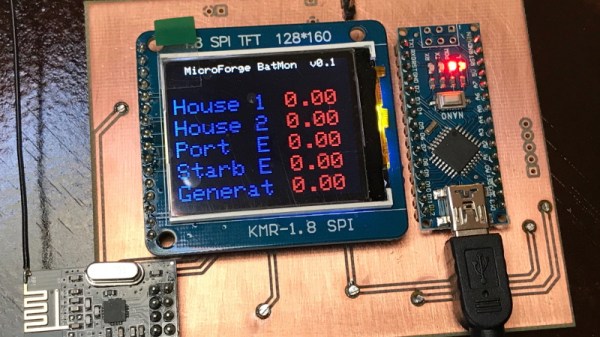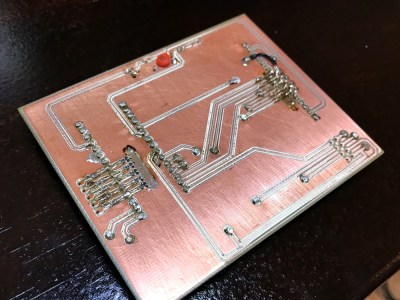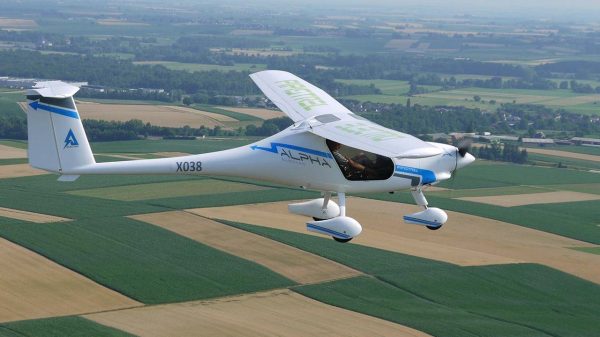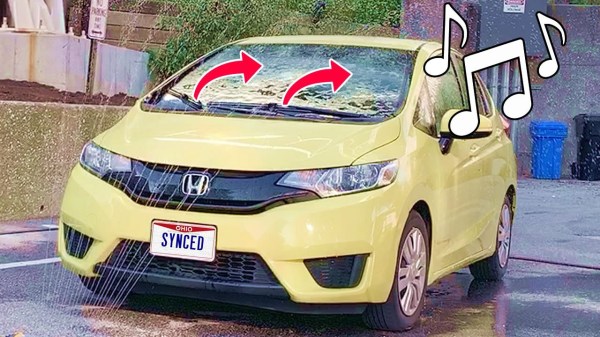Bacon and eggs, chocolate and peanut butter, salt and pepper; some things just go together. You’d think that a mashup of an airplane and a helicopter would be great, right? The Fairey Rotodyne was just such a thing from the late 1950s and while it looked to be the wave of the future, it never took off — at least, not in the business sense at least. [Mustard] has an excellent video about the machine including some flight footage and explains why it failed to take over the aviation market. You can watch the video below.
While it does look like a helicopter mated with an airplane, it’s actually a bit different. The rotor isn’t normally powered at all. However, it does turn in forward flight and generates about half the lift the plane needs. That explains the stubby wings. The topside rotor has small jets at the tips that can be used during vertical take off, landing, and hovering modes.
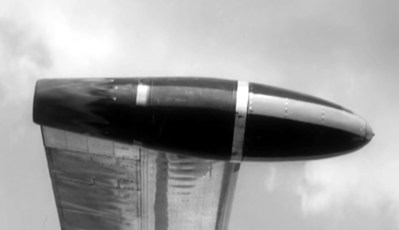
For its time, it was fast and efficient, especially compared to contemporary helicopters. This type of plane was known as an autogyro and actually appeared in the 1930s as a safety mechanism since an autogyro can land in an autorotation mode.
According to the video, the noisy tip jets and production delays killed the beast. There was only one prototype built, but there was something we found very attractive about it. There have been, of course, other autogyros. British, German, Japanese, and Russian military have used autogyros at one time or another. The United States Postal Service was known to employ at least one.
Even today, there are about a thousand autogyros used by different military and police organizations. They are cheaper than a helicopter to buy and fly. Sadly, though, it doesn’t look like autogyros will ever become a common sight. Like an airship, they seem like a callback to an earlier time when you have a chance to spot one.
We are always surprised we don’t see more model autogyros. We wonder how they’d be at cutting down trees.


